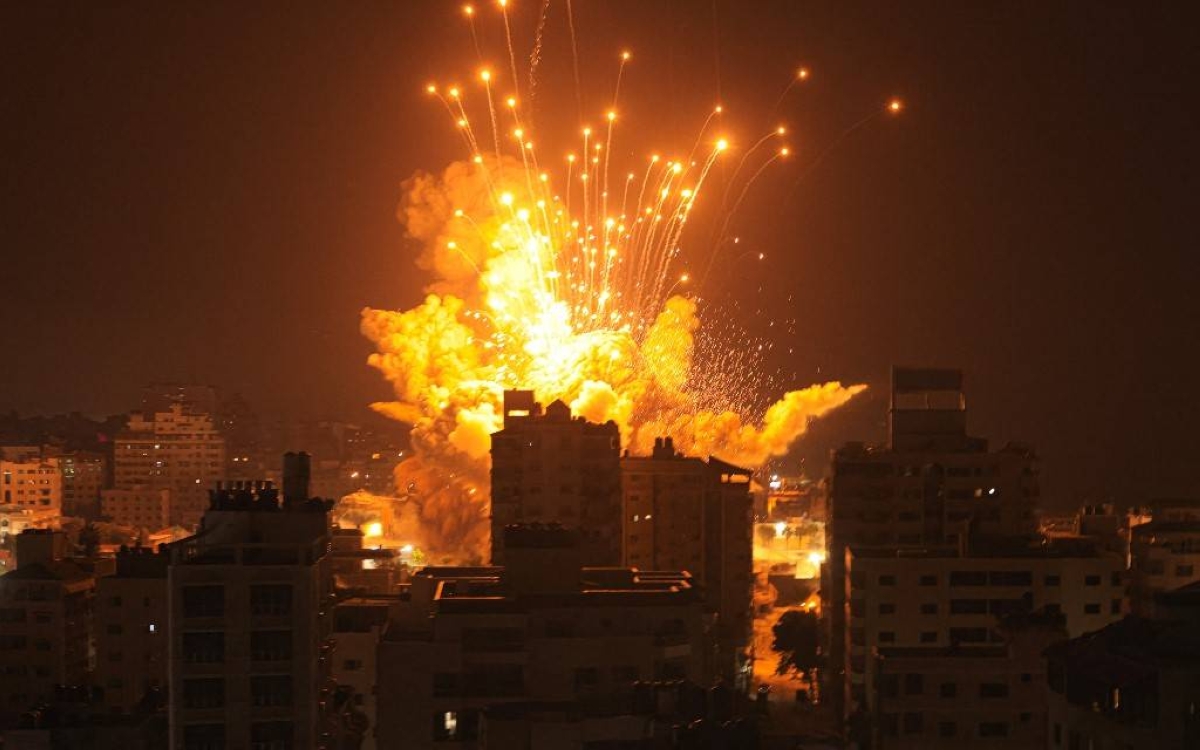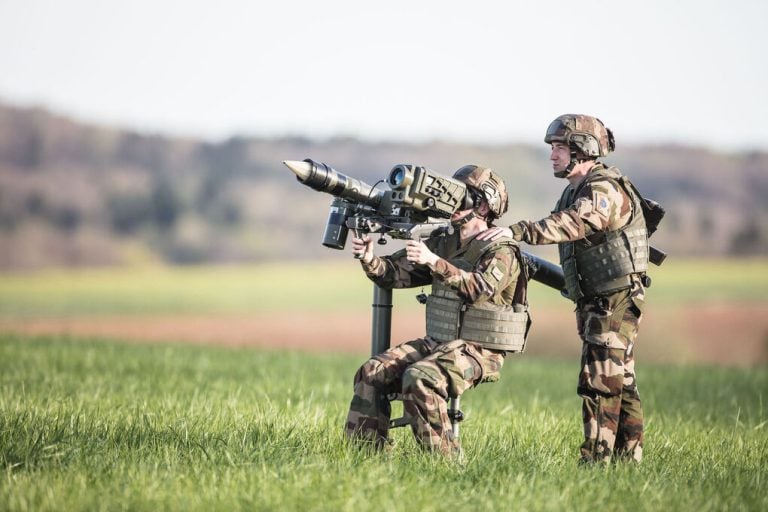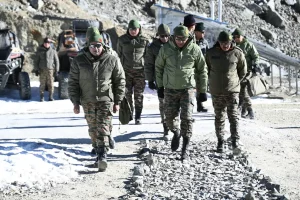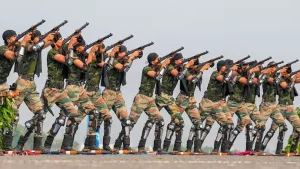Israel has revealed that it has transformed 30 percent of Gaza into a buffer zone as part of its ongoing military operations. This announcement comes amid an intensification of air and ground assaults, which resumed on March 18 following a two-month ceasefire. Prime Minister Benjamin Netanyahu has urged security forces and negotiators to continue efforts aimed at securing the release of hostages taken by Hamas during the conflict.
According to the United Nations, the renewed fighting has resulted in the displacement of an estimated 500,000 Palestinians, marking the onset of a severe humanitarian crisis in the region. This crisis, described as the most extreme since hostilities began following the October 7 attacks by Hamas, continues to unravel as Israeli military operations push deeper into Gaza.
The Israeli military reported having established “full operational control over several key areas and routes throughout the Gaza Strip.” It noted that 30 percent of the territory is now defined as an Operational Security Perimeter. Since March 18, Israeli airstrikes have targeted around 1,200 sites believed to be associated with militants, leading to over 100 targeted eliminations.
In a related context, the Defense Minister stated that Israeli military efforts aim to leave Gaza “smaller and more isolated,” emphasizing that military pressure is deemed crucial for compelling Hamas to release the 58 hostages still unaccounted for.
On Wednesday, the militant group Islamic Jihad released a video featuring an Israeli-German hostage, Rom Braslavski, who called on Israeli authorities and the U.S. President to assist in his release. Braslavski was captured during the Hamas assault at the Nova music festival.
The situation has become increasingly complex as Hamas disclosed that Israel has proposed a new 45-day ceasefire that would include the release of hostages. This proposal reportedly calls for Hamas to disarm as part of securing an end to hostilities. A Hamas official indicated that the group is formulating a response to this proposal, asserting that their arms will not be up for negotiation.
As tensions rise, Israel remains steadfast in its decision to block humanitarian aid from entering Gaza, a move that has significantly worsened conditions for the territory’s 2.4 million residents. The defense minister articulated that this blockade serves as a critical leverage point against Hamas, preventing the group from utilizing humanitarian resources.
Medical charities like Doctors Without Borders have condemned the blockade and military operations, describing Gaza as a “mass grave” for Palestinians and their aid workers. The situation is made direr by the continuous lack of safe havens within the territory, leading to severe challenges for humanitarian efforts.
According to the UN Office for the Coordination of Humanitarian Affairs, approximately 500,000 individuals have been displaced or uprooted in the past weeks due to ongoing violence, reiterating that Gaza is facing its gravest humanitarian crisis yet.
The International Court of Justice is set to convene hearings on Israel’s humanitarian obligations toward Palestinians, following a UN resolution asking for clarification on the necessity of ensuring the unhindered provision of essential supplies to the civilian population. Although ICJ decisions are binding, the lack of enforcement mechanisms remains a concern.
As Israeli airstrikes continue, the civilian toll rises. Reports indicate at least 11 fatalities from recent attacks, adding to a growing number of casualties. The health ministry in Gaza indicates that at least 51,025 individuals have died since the start of the conflict, with the majority being civilians. The toll from the initial Hamas assault on Israel stands at 1,218.

















